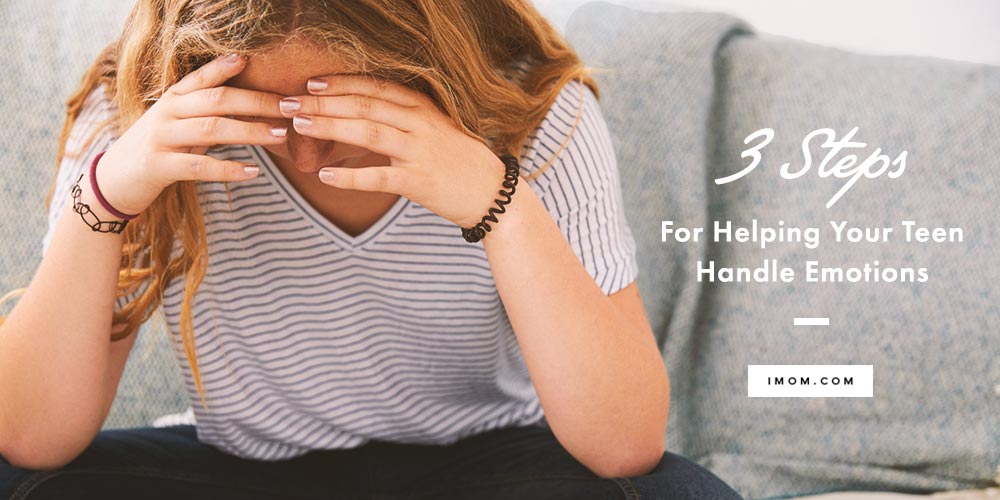“Tabby, it’s not very considerate to say dinner is disgusting,” I said. My daughter Tabitha got up from the table, and as she walked toward the stairs, I heard her say, “I’m a terrible person.” Whoa! Has your child ever replied to you in a way that seems out of proportion to what just happened? It might be because your child doesn’t know how to handle some big feelings.
That’s OK! She’s a kid. Some emotions are hard for adults to navigate, so it makes sense that they’re difficult emotions for kids, too. We can help our kids make sense of 6 of the most commonly misunderstood emotions.
Guilt vs. Shame
When your son or daughter makes a mistake and recognizes it, he or she will likely feel pretty bad, like my daughter did. Kids need to know this feeling is guilt. It’s a common emotion for kids, and it’s a gift, even though it feels uncomfortable. Guilt is your conscience saying you acted against what you believe is right. But good news: Guilt comes with a specific action you can do to make things right. For example, if you told a lie, you could confess and ask for forgiveness.
Left alone, guilt can blow up and turn into shame. Guilt and shame sound like similar emotions, but in reality, shame is demeaning. Instead of focusing on making a mistake, you think you are a mistake—or a “bad” person.
Teach your child to embrace the guilt and ditch the shame. After making a mistake, ask, “Is there anything I can do to make things right?” If the answer is yes, great! Go and do it. Then shame won’t have a chance to make an appearance.
Teach your child to embrace the guilt and ditch the shame. Click To TweetConcern vs. Worry
Concern and worry are interchangeable words in our day-to-day conversation, but they are actually very different ways of responding to a situation. Concern is caring. Concern says, “I care about this thing or person, and I want to do all I can to help.” Concern steers things in the right direction.
On the other hand, worry ventures into an out-of-control cycle of fearful thoughts. With worry, there’s no action you can take. It can steal your ability to sleep, focus, eat, or even be cheerful.
Kids can learn to tell the difference between concern and worry by asking, “Is there anything I can do to help this thing I care about?” If the answer is no, you know you’re dealing with worry. Then you can begin to let go of the pressure to fix it. This reminds me of the Serenity Prayer: “God, grant me the serenity to accept the things I cannot change, courage to change the things I can, and wisdom to know the difference.”
Humility vs. Humiliation
Some of the hardest lessons we learn are the ones that humble us, knocking us off the high horses we were riding so proudly. As it says in Proverbs, pride goes before a fall (16:18). But humility is healthy. We need to be shown when we are being prideful or acting entitled. Humility teaches us the people around us are not below us.
But depending on how far we fall (or how embarrassing it is), it can be tempting to slip from humility into humiliation. Humiliation drags you down—further down than you need to go—by tempting you to believe there is no hope. It says you can’t come back from this, so don’t bother getting back up. That is a lie we cannot allow ourselves to believe.
When your child has a humbling experience, teach him to ask, “Was I being prideful in some way? How has this experience taught me something?” And then, as soon as possible, encourage him to try again.
Which one of these three big emotions for kids has been the hardest?










